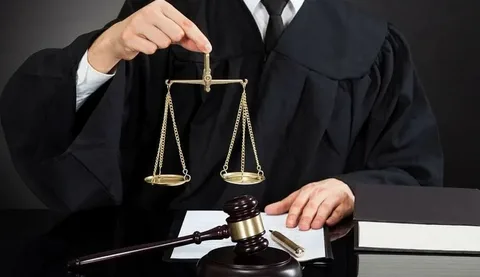
Underage drinking and driving is a pervasive and concerning issue in societies around the world, necessitating firm laws and policies to safeguard the wellbeing of both the individuals involved and the larger community. The notion of “zero tolerance” is not merely a catchy phrase; it is a stringent law enacted in various jurisdictions to curb this hazardous behavior, particularly in the United States. This law implies that any minor found operating a vehicle with any amount of alcohol in their system is committing an offense. The importance of understanding zero-tolerance laws extends beyond the domain of legal practitioners; it is vital for all members of society, especially adolescents and their parents, to be aware of these laws, their implications, and the penalties they impose.
According to the Centers for Disease Control and Prevention (CDC), underage drinking is a widespread issue, and when combined with driving, it presents alarming statistics. In 2019, there were 1,190 deaths among individuals aged 12-20 years due to motor vehicle crashes involving an alcohol-impaired driver. These figures underline the urgency of not only enforcing these laws, but also of educating and preventing the issue in our societies. This article discusses zero-tolerance laws for underage drinking and driving, including their implications and the role of education in prevention.
The Zero Tolerance Law
Zero-tolerance laws for underage drinking and driving are designed to send a clear message: no level of alcohol is considered safe or legal for individuals under the legal drinking age operating a vehicle. Enacted throughout the United States, these laws hold that any minor with a detectable Blood Alcohol Concentration (BAC) is subject to penalties. The legal drinking age in all 50 states is 21, and for those under this age, the acceptable BAC is typically 0.00-0.02%, much stricter than the 0.08% limit for those over 21.
These laws were established in response to a public safety concern. The first zero-tolerance law was enacted in Maine in 1983. By 1998, all 50 states and the District of Columbia had enacted zero-tolerance laws, largely spurred by the federal government’s threat to withhold highway funding to states that did not comply. The specifics of the laws can vary from state to state, particularly in relation to penalties and BAC thresholds, but the principle remains the same: underage drinking and driving is unacceptable and subject to legal consequences.
Implications of Zero Tolerance Laws
Legal Repercussions
Under zero-tolerance laws, underage offenders face significant penalties designed to reflect the seriousness of the offense, with punishments ranging from fines to license suspension, probation, and in extreme cases, even jail time. The severity of punishment often correlates with the offender’s BAC level and whether they are repeat offenders.
Impact on Driving Records
A DUI conviction under zero-tolerance law often leads to immediate repercussions like higher insurance premiums due to the perceived risk. The conviction remains on the individual’s driving record for several years and can have long-term effects from a suspended license to an Ignition Interlock Car Breathalyzer. Research high rated DUI attorneys in the district you were apprehended in to prevent as much damage to your record as possible.
Future Implications
Many colleges and employers take such convictions into account during admissions and hiring, which can limit opportunities for those with a conviction. This might hold you back from your dream job, internships, promotions, and not to mention, this information is open to the public.
Impact on Driving Rates
Evaluating the effectiveness of zero-tolerance laws involves studying their impact on underage drinking and driving rates. Since the enactment of these laws, CDC studies have indicated a 39% decline in alcohol-related crashes involving underage drivers. However, this decrease could be attributed to a variety of factors, which means further investigation is needed to conclusively attribute this reduction to zero-tolerance laws.
Education and Prevention
Understanding and enforcing zero-tolerance laws are the first steps in mitigating underage drinking and driving. Education and prevention are necessary in addressing the root causes of this issue. Education about the hazards of underage drinking and driving, the legal implications, and the devastating impacts it can have on lives can act as a powerful deterrent. Such education should start early, with school-based programs playing an important role in reaching teenagers.
Preventative programs aim to instill a sense of responsibility and understanding of the consequences of drinking and driving. These programs include driver’s education courses incorporating information about the risks associated with alcohol consumption and driving, school-based initiatives that share real-life experiences of drunk driving incidents, and community outreach programs that involve parents and other community members in educating youngsters about the dangers of underage drinking and driving.
Some schools and communities have started to leverage technology to help in their prevention efforts. For example, virtual reality programs are used to simulate the experience and potential consequences of drunk driving, providing a tangible, impactful experience without any actual risk. Despite the challenges involved, these educational and preventive measures, when integrated effectively, can successfully combat underage drinking and driving.
Zero-tolerance laws confront the life and death issue of underage drinking and driving, but understanding them is just the beginning. Education and preventive measures must work hand-in-hand with these strict legal frameworks to address the root causes of this behavior. As a society, we must collectively take responsibility for shaping the future by emphasizing the importance of safe and responsible behaviors in our young drivers, thereby ensuring the safety of all road users.







